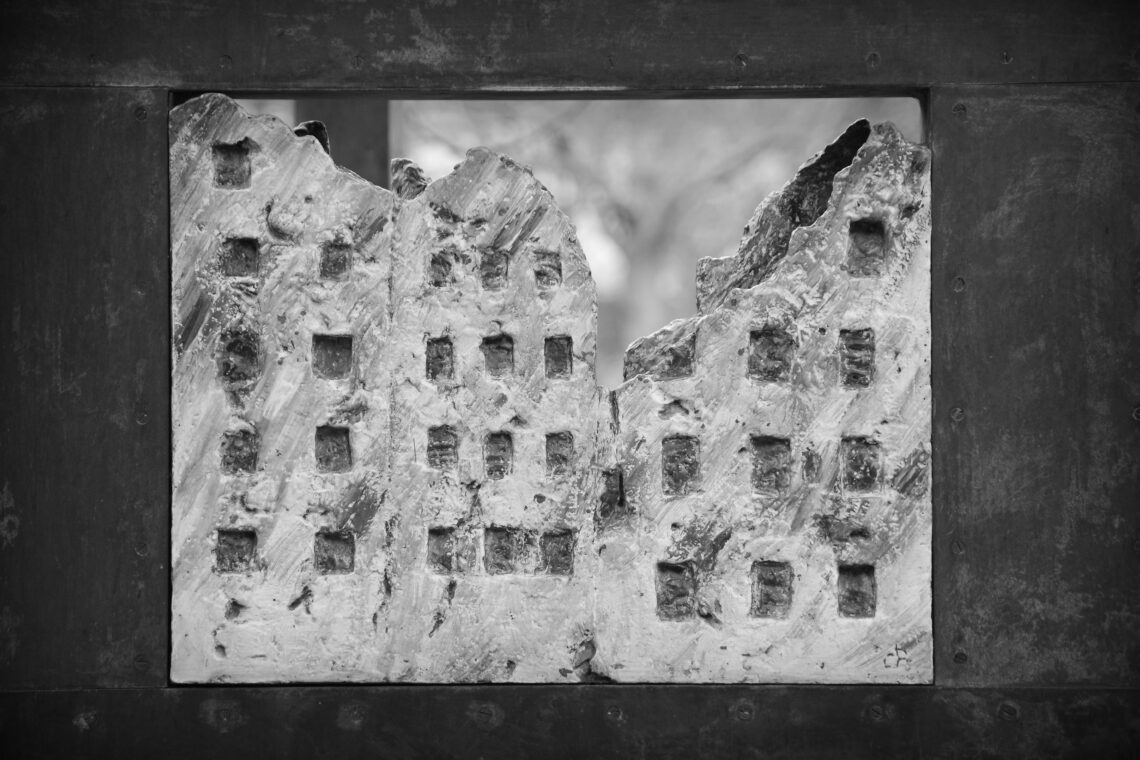
Stone by Stone
Freemasonry is, partially, built upon a system of symbolism which is used to assist with ethical, logical and philosophical discussion and learning. It takes a raw recruit, or candidate, into its Masonic workshop as an Entered Apprentice; rough and unready for what is to follow, for the learning process, for confronting new ethical and humanitarian ideas. Symbolically, this new candidate is shown as being a rough stone, fresh from the quarry, torn out of the mother rock, and unprepared. The stone is unhewn, rough, unfit for normal use in the building of society. It needs to be formed, cut and polished, in order to fit within the building for which it is destined. Once it has been polished, once the candidate has moved on to become a Fellow Craft, the stone, the person, is ready to be fitted into the appropriate place within the building of society or, as some Masonic rituals claim, within that house not made by human hands.
Marco Polo describes a bridge, stone by stone.
When we look at a building, we rarely see the individual stones, the structure and strength which goes to make up the whole. We see a completed work, an architecture wonder which has, perhaps, taken generations to form, to build. Each stone is in its place, has its function, and blends in with the stones surrounding it, becoming invisible as an individual entity, indivisible in the whole.
“But which is the stone that supports the bridge?” Kublai Khan asks.
It is the individual strength of the one stone combined with all the other stones which raises the building, which holds its form, creating the thing of beauty we behold from afar. The stones do not have to be of equal size, weight, or shape, but must fit into their allotted place perfectly. In some Masonic rituals these stones are held together by the mortar of humanity, the cement of society.
“The bridge is not supported by one stone or another,” Marco answers, “but by the line of the arch that they form.”
It is the power of the combined stones, each in its perfect place, which holds the building upright. Without the mass of society, without each individual stone lying together, the building cannot exist, it is merely a heap of rubble. As with society: without the individual citizens, the people, society cannot function, and each is important in its own way, each person, each stone. But, should one stone, one person be removed, the building will not necessarily collapse, will not lose what has been created. At the same time, it will no longer be perfect, if it is possible for anything wrought by the might and mind of man can be thought of as perfect.
Kublai Khan remains silent, reflecting. Then he adds: “Why do you speak to me of the stones? It is only the arch that matters to me.”
And while one stone might not seem quite so important, one person in society not as necessary as another, each has their place within the scheme of things. One individual believing that their presence, their voice, their vote is unimportant because it is only one among millions, forgets their place within the whole. And when each individual begins to believe that they are an unimportant, an unnecessary part of the whole, of society, of the building that is civilisation, and withholds their voice, their vote, their action, there is no building, no society, no civilisation.
Polo answers: “Without stones there is no arch.”
It only takes a few moments, and that one stone, voice or individual multiplied across society can become millions. From one person withholding their unimportant, individual vote, to ninety million, and no building can survive with such a deficit.
Image © Urban Camera. Quotation from Invisible Cities by Italo Calvino, originally published as Le città invisibli © Guilio Einaudi s.p.a. 1972. English translation by William Weaver, © Harcourt Brace Jovanovich, Inc. 1974.

